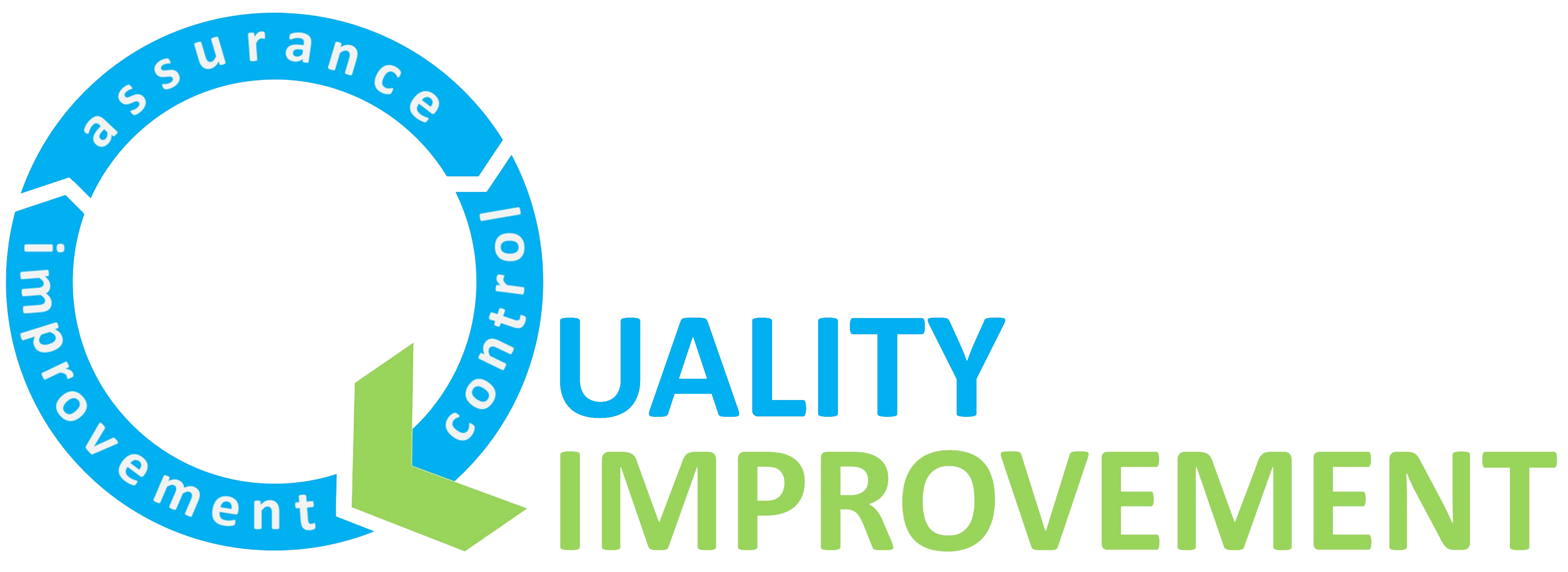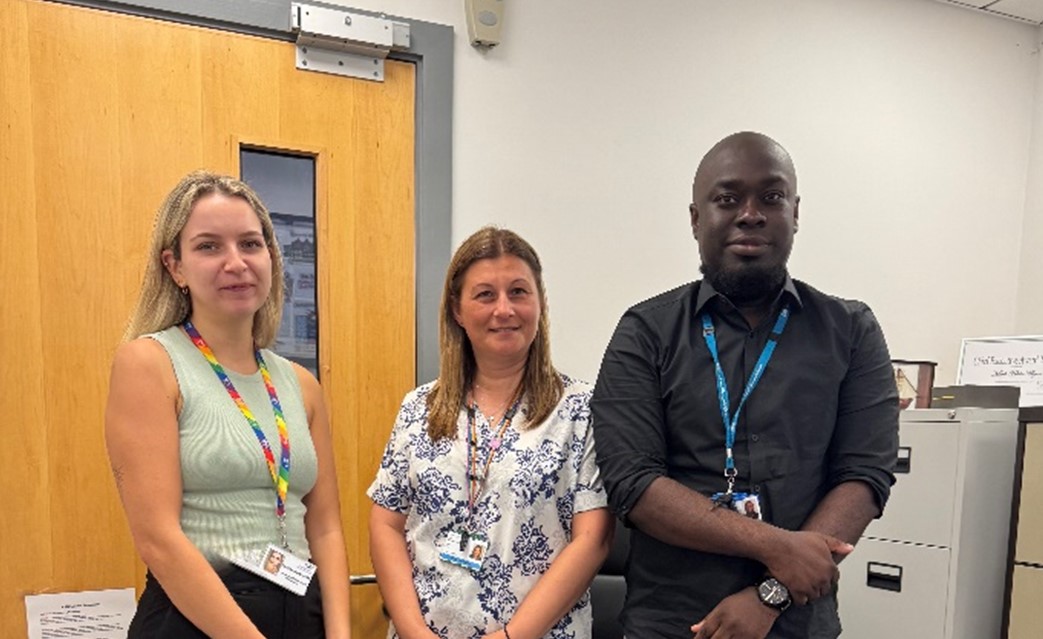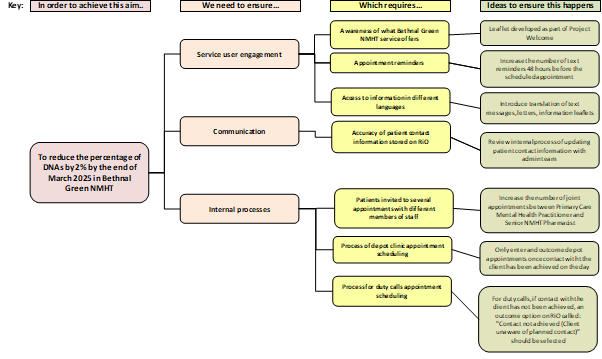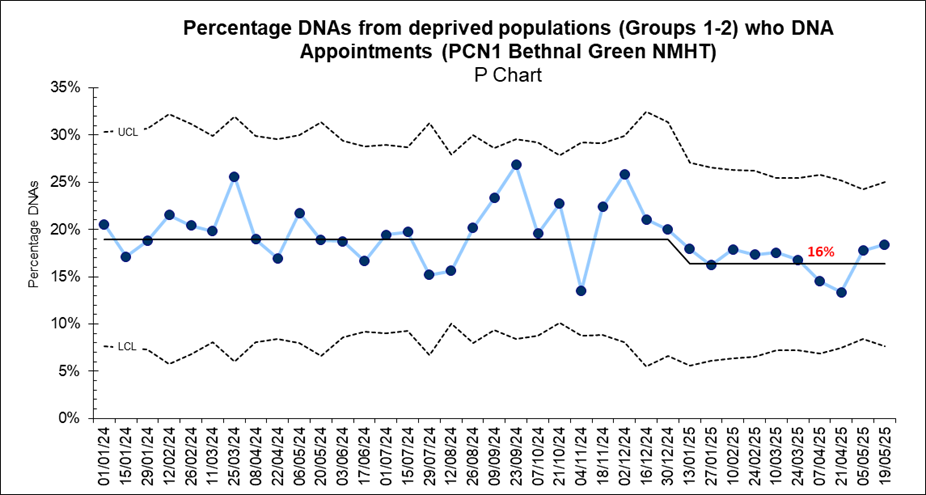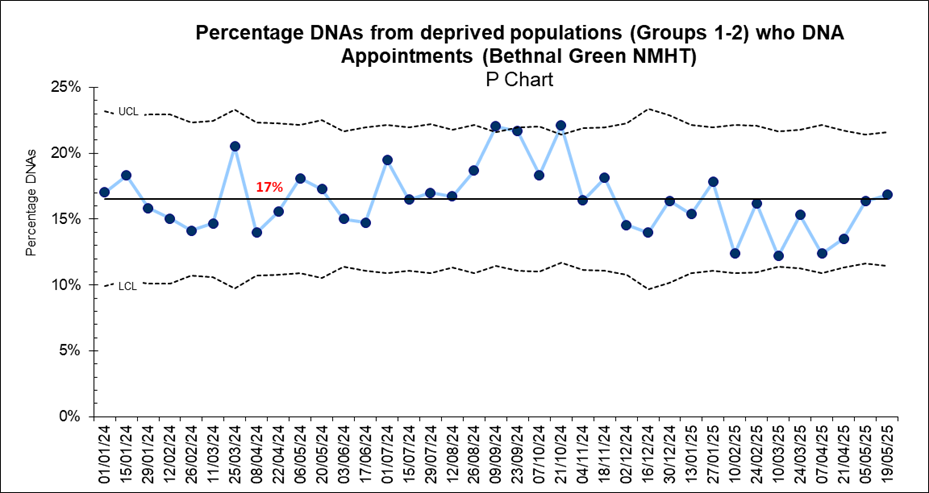
Bethnal Green NMHT Equity Project
8th July 2025
Written by Paulina Marchewka (Senior Community Mental Health Transformation Pharmacist) with contributions from Vernanda Julien (Improvement Advisor)
Figure 1 Members of the Bethnal Green NMHT project team
My name is Paulina Marchewka, and I’m one of the pharmacists working at ELFT. I joined the Bethnal Green Neighbourhood Mental Health Team (NMHT) in September 2024, following a relocation from NHS Scotland. A month later, I was offered the opportunity to enrol in the Improvement Leaders Programme, which led to my involvement in the ELFT-wide Pursuing Equity Programme.
The focus of the Quality Improvement (QI) project I led was to increase service user access and reduce missed appointments – commonly referred to as DNAs – by at least 2% by April 2025.
In November 2024, our team’s DNA rate stood at 18.3%, which was higher than the Equity Programme’s 17% DNA average. This mattered because every missed appointment represented a lost opportunity for care and created inefficiencies for staff. We also observed access inequalities, particularly affecting adults of working age and individuals from more deprived neighbourhoods.
This quality improvement project was conducted in collaboration with Mark Addo Akyea (Operational Lead), Barbara Nikoli (Senior Practitioner), Flora Cuntapay (Community Mental Health Nurse), Rachael Leaton (Senior Improvement Advisor) and Co-Production Team, whose contributions were integral to its success.
Understanding the problem
A key strength of the project was involving service users from the outset. They provided first-hand insights into barriers to attendance, such as language, reminders, and carer responsibilities. One service user’s care coordinator even helped translate in Somali, deepening our understanding of cultural and communication challenges. Service users continued to be involved throughout the project by attending meetings and contributing to its progress.
Insights from our PowerBI demographic data revealed that while women had more DNAs numerically, the rate was proportional. Adults of working age had the highest DNA count, and many clients were from Asian and Black ethnic groups, often living in deprived areas. In addition, 95% of the service users who needed appointments with Bethnal Green NMHT lived in the most deprived neighbourhoods which fall into deprivation quintiles 1 and 2.
We formed a fortnightly focus group to facilitate wider team discussion and conducted process mapping to identify key contributing factors to the issue. Once we had a deeper understanding of the problem, we were able to develop our theory of change using a driver diagram (Figure 2)
Figure 2. Driver Diagram – Reducing the percentage of DNAs in Bethnal Green NMHT
Testing Changes and data collection
As a team, we tested three main changes:
- Appointment Scheduling – We redesigned how appointments are scheduled and recorded on our electronic patient record system (RiO) for duty and depot appointments. This ensured that when contact wasn’t made, it was accurately documented—giving us a clearer picture of why DNAs occurred. The team now uses an outcome option on RiO called “Contact not achieved (Client unaware of planned contact).”
- Flexible depot appointments – We introduced more flexibility in depot appointments, recognising the long-acting nature of these medications.
- Text reminders – We are rolling out an automated text reminder system, sent 48 hours before appointments, which will apply across various roles including pharmacy and psychology.
We are collecting fortnightly data to monitor the percentage of DNAs as our outcome measure. Looking at team level data, we have seen a 16% reduction in DNAs in our PCN1 team from 19% to 16% for patients from deprivation quintiles 1 and 2 (Figure 3). We will continue to explore other tests of change to reduce the overall percentage of DNAs in Bethnal Green NMHT (Figure 4).
Figure 3 P Chart showing the percentage of missed appointments in PCN1 Team
Figure 4 P Chart showing the percentage of missed appointments in Bethnal Green NMHT
Learning and next steps
One key learning for me was the importance of accurate data collection and consistent system use. Early on, we discovered that staff recorded appointments differently, which skewed our baseline and slowed progress. Addressing this gave us a clearer view of the problem. Personally, this project pushed me beyond my usual professional scope. As a clinical pharmacist, I don’t typically work duty shifts, but to lead this work effectively, I had to understand how the duty system operates and how appointments are scheduled and recorded. It reinforced that QI isn’t limited to your direct area of expertise – if you’re willing to learn, you can apply the methodology across any part of the service.
The project also brought new challenges, particularly around team dynamics. Motivation and engagement fluctuated, and I had to develop strategies to keep the team aligned, involved, and accountable. Fortnightly QI meetings regularly scheduled on Wednesday afternoons have helped with this.
Next, we’re continuing our PDSA cycle on automated text reminders and piloting a predictive tool that flags users at high risk of missing appointments. It uses variables such as past attendance history, time of day, contact type, and even day of the week. When someone is flagged as likely to DNA, we follow up proactively rather than waiting for a no-show.
Other proposed change ideas include increasing the number of joint appointments (as service users noted that multiple appointments can be a barrier), translating text messages, letters, and information leaflets into different languages, reviewing internal processes, and ensuring that patient details on RiO are up to date – so that text reminders are successfully delivered.
Most Read Stories
-
Why is Quality Control important?
18th July 2018
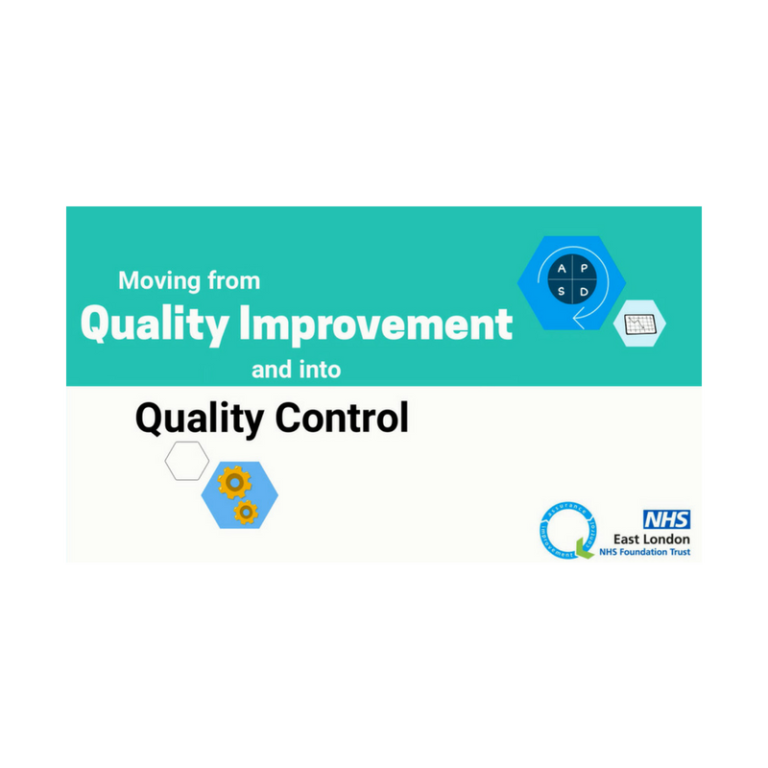
-
2016 QI Conference Poster Presentations
22nd March 2016
-
Recognising Racism: Using QI to Help Take Action
21st January 2021
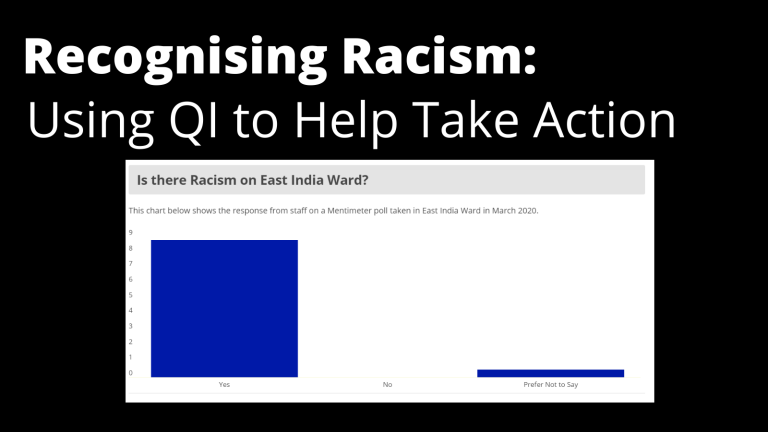
-
QI Essentials: What does a Chief Quality Officer do?
18th March 2019

-
Using data enabled us to understand our problem
31st March 2023
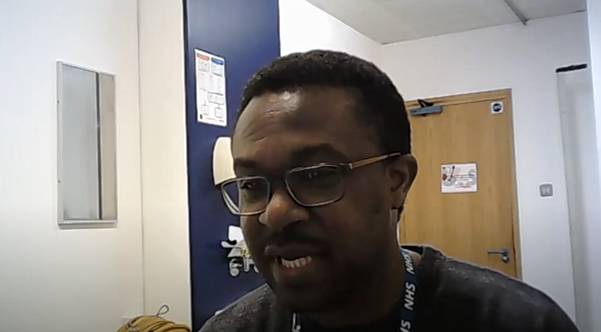
-
The Power of Data in Reducing Pressure Ulcers
12th January 2022
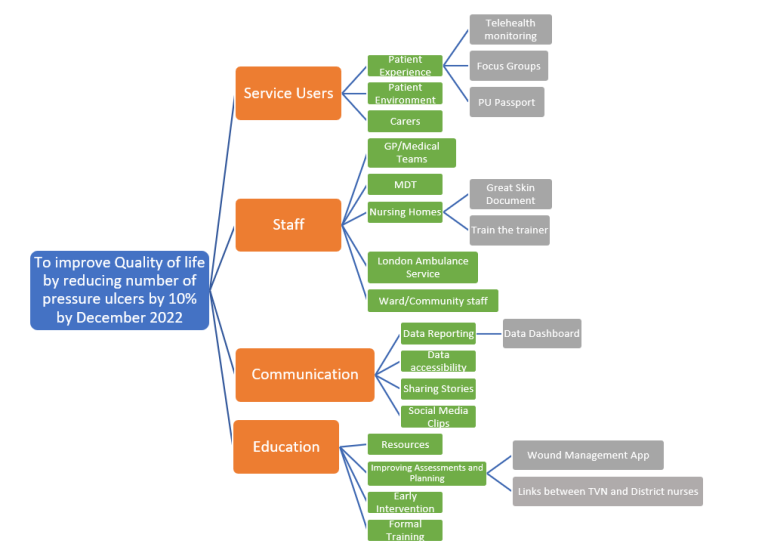

Follow QI on social media
To keep up to date on the latest concerning QI at ELFT, follow us on our socials.

